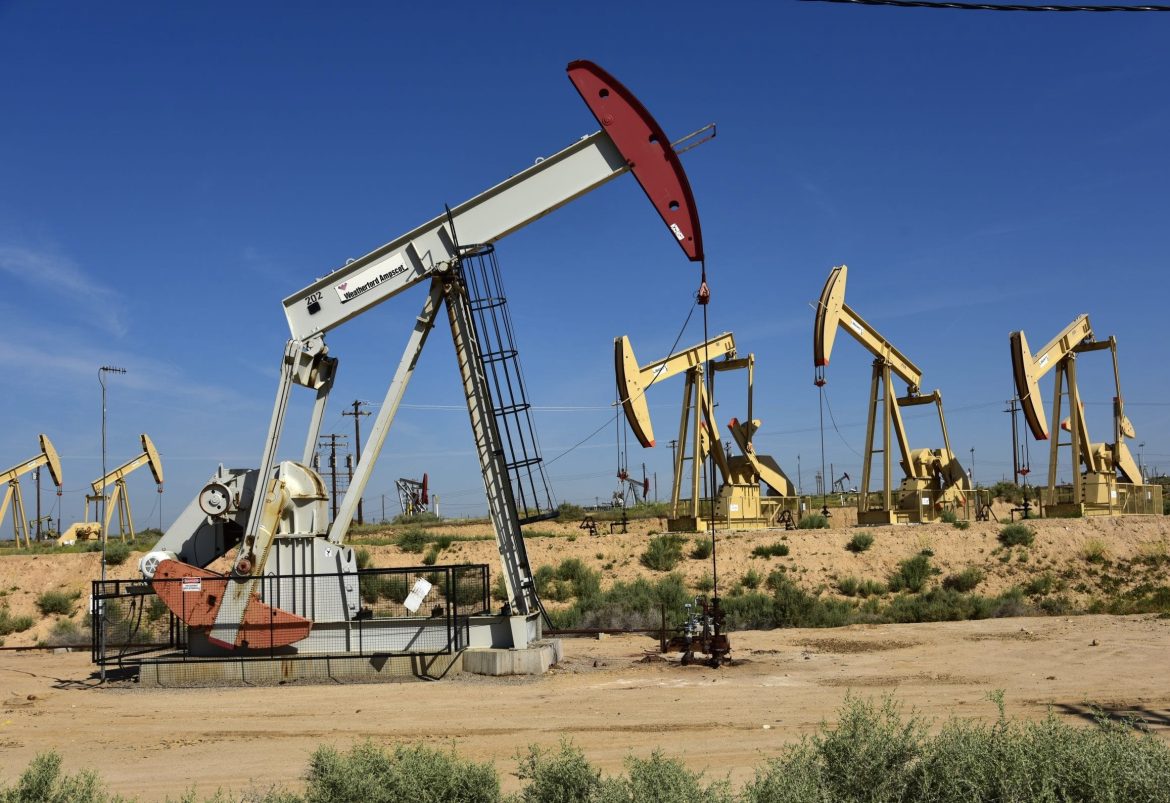U.S. oil and gas fields are emitting methane at rates approximately four times higher than federal regulators have estimated. This finding comes from an aerial survey conducted by the Environmental Defense Fund (EDF) and released on Wednesday.
Unveiling the True Extent of Methane Emissions
The survey, part of a project named MethaneAIR, was conducted using a jet aircraft equipped with a spectrometer to measure methane emissions over 12 major oil and gas basins. EDF collaborated with Alphabet Inc.’s Google, BAE Systems, and the New Zealand Space Agency. Over 32 flights from June to October 2023, the survey revealed an average emissions rate of 7.5 million metric tons per year. This figure is significantly higher than the estimates provided by the Environmental Protection Agency (EPA), which relies mainly on industry-reported data.
EDF spokesman Jon Coifman highlighted the importance of these findings, stating, “This tranche of MethaneAIR data is a huge leap forward in terms of the capability of anything that is out there today and a small taste of what we will start to see coming from MethaneSAT.” MethaneSAT, a satellite launched this spring, aims to provide even more precise data by continuously monitoring methane emissions from space. Its first data will be available this fall.
The Implications of Underreported Methane
Methane, a potent greenhouse gas with a much higher warming potential than carbon dioxide, can escape undetected from drilling sites, pipelines, and other oil and gas infrastructure. The U.S. has implemented rules targeting significant methane leaks from oil and gas operations and will introduce penalties for operators who fail to meet these targets.
The European Union has also approved methane emission limits on oil and gas imports starting in 2030, adding pressure on international suppliers, including those in the U.S., to reduce leaks.
The survey showed that the observed emissions rate was eight times higher than the target adopted by 50 companies at the COP28 climate summit in Dubai, which aimed to limit methane emissions intensity to no more than 0.2% by 2030.
Future Steps and Global Impact
MethaneAIR’s findings underscore the urgent need for improved monitoring and regulation of methane emissions in the oil and gas industry. The high levels of emissions revealed by the survey suggest that the petroleum industry’s contribution to climate change is significantly underestimated. As the MethaneSAT begins to provide continuous data, it is expected to drive more accurate reporting and accountability.
The EPA has yet to comment on the new findings. However, the data could prompt a reassessment of current estimates and lead to stricter regulations. With the global focus on reducing greenhouse gas emissions, such revelations highlight the critical role of methane management in combating climate change.
Source: Reuters



